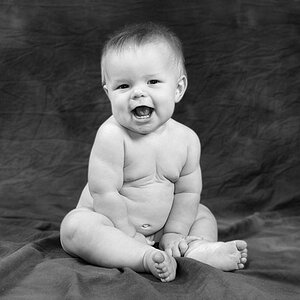PaulWog
No longer a newbie, moving up!
- Joined
- Jun 17, 2013
- Messages
- 1,153
- Reaction score
- 188
- Location
- Canada
- Can others edit my Photos
- Photos NOT OK to edit
When I view images in Lightroom, Photoshop, or if I click the "Play Slideshow" button in Windows 7, my images look correctly colored, with proper contrast, darks are not washed out, and the resolution is 100% correct.
When I view images with the Windows Image Viewer, or upload the images online (ie. to Tinypic, or Flickr, or anything else) my images get contrasted out. Some blacks become way too deep, shadows get darkened and details get lost due to that, and in general the intended image from Lightroom can shift drastically. I was just working on a black & white image and ended up with a final image that was very precise, with some shadows just showing a tiny bit, and even some of the more obvious details in the shadows got blacked out pretty badly.
Does anyone know why this would be? I'm saving in Jpeg format, 100% quality, sRGB color space. If I view my exported Jpegs, they look great in the above-mentioned viewers (Windows Slideshow, Photoshop, or Lightroom). However, if viewed as a Jpeg or viewed online, they look terrible. Could this be due to my default image viewer, and could that image viewer also be controlling my web browser? How should I edit photos with the expectation that others will view the images, and possibly not get that intended final image?
When I view images with the Windows Image Viewer, or upload the images online (ie. to Tinypic, or Flickr, or anything else) my images get contrasted out. Some blacks become way too deep, shadows get darkened and details get lost due to that, and in general the intended image from Lightroom can shift drastically. I was just working on a black & white image and ended up with a final image that was very precise, with some shadows just showing a tiny bit, and even some of the more obvious details in the shadows got blacked out pretty badly.
Does anyone know why this would be? I'm saving in Jpeg format, 100% quality, sRGB color space. If I view my exported Jpegs, they look great in the above-mentioned viewers (Windows Slideshow, Photoshop, or Lightroom). However, if viewed as a Jpeg or viewed online, they look terrible. Could this be due to my default image viewer, and could that image viewer also be controlling my web browser? How should I edit photos with the expectation that others will view the images, and possibly not get that intended final image?


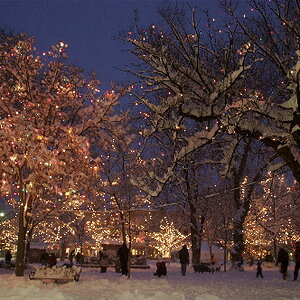

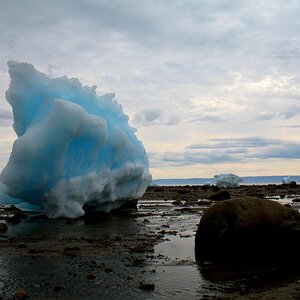
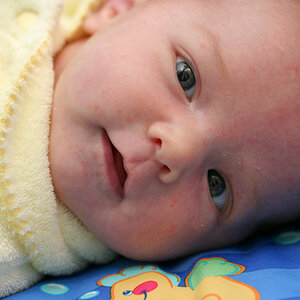
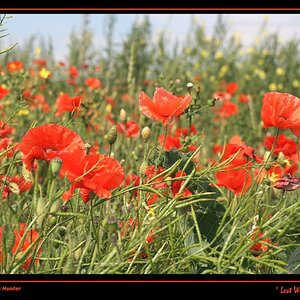

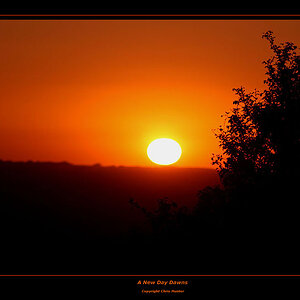


![[No title]](/data/xfmg/thumbnail/37/37280-a7e70a01ccd331918e71645cd4c1f16e.jpg?1619737977)

